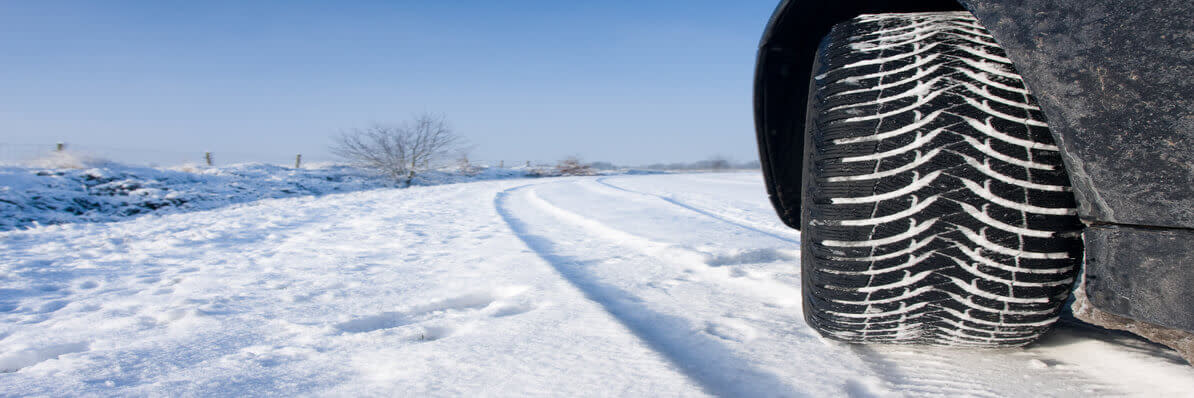Why should I replace my tyres?
As winter approaches, one of the most important vehicle checks is your tyres. Here are the things you need to know.
Tread Depth:
If your tyre depth is below 1.6mm anywhere across the tyre it is a criminal offence. 3mm is the minimum recommended depth, as if it gets any lower it starts to seriously affect your stopping distance. An easy way to check your tyres is by taking a 20p and inserting it into the main tread grooves of your tyre. If the ‘outer band’ of the 20p is visible, you may need to replace your tyres.
Tyre wear:
If you can see your tread wear bars, it’s a sure sign to replace your tyres. Take note of where on your tyre there is the most wear, as this will tell you something about your tyre alignment and pressure:
Worn on the outside: Under-inflation or leaking. If only on the front tyres, you are probably taking corners too quickly.
Worn on the inside/centre: Over-inflation, increasing the risk of a blow out.
Uneven wear: On a single tyre, your wheels may need balancing or realigning, or replace your shock absorbers. Across all tyres – typically, your front tyres will wear faster than your back tyres, but if there is excessive wear have your suspension checked. Conversely, if you find unusual wear on one side of your vehicle, check your wheel alignment.
Sawtooth/feathered pattern on tyre edges: Erratic rubbing against the road; check your wheel alignment.
Pressure:
We recommend that you check your tyre pressure monthly. The best time to check your tyres is when they are cold or cool. If you don’t know what your tyre pressure is, you can look it up on the internet, in your car manual or it will be written on the side of your tyres.
Aging:
Your tyres deteriorate with age. Keep an eye out for age-related defects, such as cracking or crazing on the sidewall of the tyre, distortion of tyre tread, and deformation of the carcass of the tyre. Make sure if you use winter tyres you check your stored tyres for these signs too, as by changing your tyres you will use both sets used less so last for longer.
Rotate your tyres:
Rotating your tyres from the front of the vehicle to the back of the vehicle will help them wear more evenly and let you get the most out of your tread life. It’s a good idea to rotate your tyres roughly every 10,000km (6,000 miles). However if you drive long distances, carry heavy loads or drive at high speeds you may need to change them over more frequently.
Should I replace my tyres?
If your tyre has any of the following you should consider replacing your tyres:
Tread wear is below 1.6mm
A bulge or blister in the sidewall of a tyre
A blow-out
Lacerations or other significant damage anywhere on the tyre
Sidewall or tread punctures larger than 0.64cm
Should I get winter tyres?
Winter tyres provide better grip, braking and handling on snow, ice and wet roads in cold conditions. However, winter tyres are not suitable to be used all-year round so you still need normal or summer tyres for when temperatures rise and roads are dry.
Stopping distances – tyre depth and wet weather:
The British Rubber Manufacturers Association (BRMA) and MIRA’s 2003 study measured the effects of tread depth on stopping distances. The study found that stopping distances in the wet increased dramatically at tread depths of below 3mm. At the legal minimum tread depth of 1.6mm, the stopping distance increased by 36.8% on hot rolled asphalt and 44.6% on smooth concrete.
